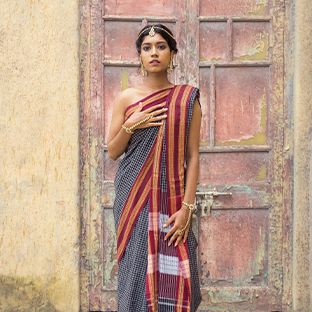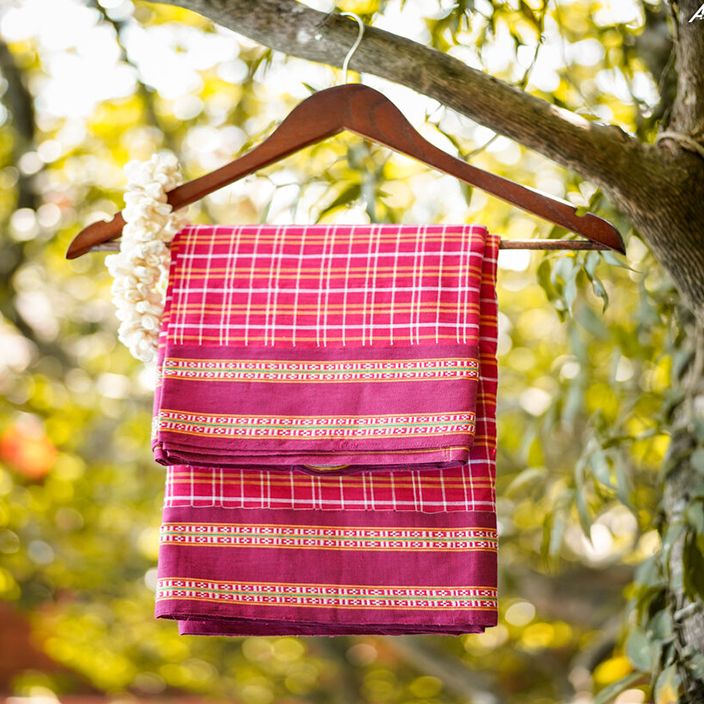For best prices and early deliveries, WhatsApp us at. 918488070070

Goa
On the west coast of India, amidst mountains and beaches, lies the beautiful island we call Goa. It is the smallest state in India, officially established in 1987, but Goa’s rich history goes centuries back. As a result of the long Portuguese rule, the Goan culture has enriched many folds over the years; it is a beautiful unison of Indian and Portuguese culture. The arts and crafts of the region are exquisite, among which pottery & terracotta, and bamboo handicrafts are famous. Most of the population is Christian, and Western culture's influence is further noticeable in the residential and religious architecture.
Traditional Goan Clothing
Women
The local traditional attire of Goan women is just as exquisite as their culture. As the population has the influence of the many ethnic groups living there, the traditional costumes have a tribal influence to them. For example, the Panu Bhaju-which is a nine-yard long saree wrapped around the waist. Women of the high Christian class only wore it to perform their traditional Mando dance. The late veteran Goan designer, Wendell Rodricks pioneered the garment’s evolution all over again.
Another traditional sari is known as Kashti, which is known as Nauvari or, Nav-Vari. This sari is a significant traditional costume for the women of Maharashtra, which lies to the north of Goa. Due to this Maharashtrian influence, the nauvari saree also known as, “Kashta” has become a part of Goa’s culture. These sarees were mostly made on cotton but now, due to their demand for weddings and special occasions, silk nauvaris have become pretty popular. This attire is often accompanied by a shoulder cloth or a shawl called “Kunbi Pallo”. However, the Catholics of Goa are more into the western clothing culture; their traditional wedding dress comprises a pristine white gown.
Men
Goan men do not have a particular traditional attire they swear by; it is vibrant and easy-going. The fabrics worn are mostly cotton, as the fabric is light and weather-friendly. One might be familiar with the sight of bright, colourful clothing in Goa. On the other hand, the fishermen wear what is called a Lungi. This garment is just a piece of cloth wrapped and tied around the waist. Lungis are made of soft, woven cotton cloths and are typically checkered.
Staple Jewellery & Accessories
Even before the Portuguese came and established their influence on Goans, there was already a tribal population inhabiting the place. Their accessories and fashion have succeeded in passing down for generations. The Valkal, a string of beads and leafy loin cloth, is one accessory that the tribal people still wear.
Other traditional Goan gold jewellery is very similar to jewellery all across India. For example Goth or a pair of sleek bangles for everyday use, Tode or slightly thicker bangles, Kaasithali which is the traditional Goan Mangalsutra worn by hindu brides, earcuffs locally known as Pake and Bajubandh which is an elegant belt-like ornament worn on the waist. The nose pin or nathni is an essential piece of jewellery.
Additionally, Goa has a sizeable arts and crafts market where many objects are made from locally sourced raw materials, like the bamboo hat worn by men. Corals and other sea beads and stones are also exquisitely available and serve as a tourist attraction. A unique piece is the fator- a double-chained ornament comprising a sizeable green stone between corals.
